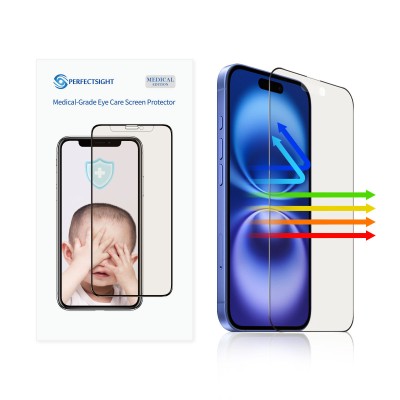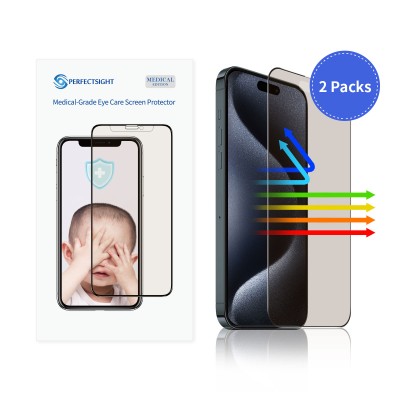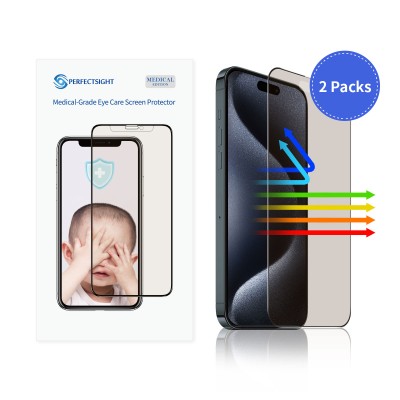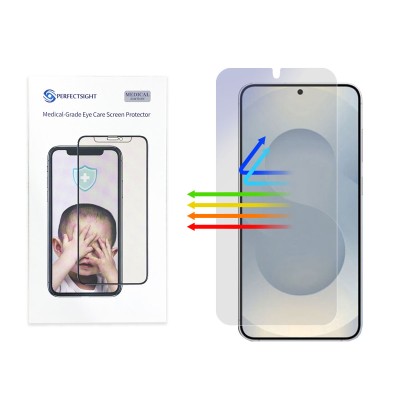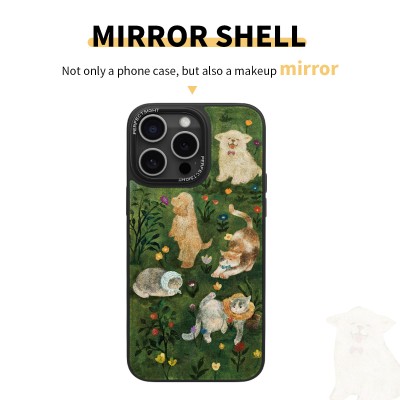Will a Privacy Screen Protector Really "Disable" Fingerprint Unlocking?
In the mobile accessories market, privacy screen protectors have become a favorite for many users due to their dual benefits of privacy protection and impact resistance. However, many worry: will using this type of screen protecor affect fingerprint unlocking? This guide offers practical tests and tips on how to achieve the best of both worlds.
The “Privacy Protection Principle” and “Potential Conflicts” of Privacy Screen Protectors
Privacy Design:
Utilizing Micro Louvre technology, our screen protectors darken at side angles, allowing screen content to be viewed clearly only within a 30-degree frontal view. This design effectively protects sensitive information during online banking, messaging, and other private activities.
How It Impacts Fingerprint Recognition:
Material Thickness: Low-quality screen protectors can be too thick, blocking signals from the capacitive sensor, which is the standard for most smartphone fingerprint recognition systems.
Microstructure Interference: The texture of the privacy layer can scatter light, reducing the clarity of fingerprint images, particularly with optical in-display fingerprint scanners, which tend to be more sensitive.
Three Tips to Solve the “Fingerprint Recognition Failure” Issue
Choose the Right Product:
Look for screen protectors labeled “high transparency material” and “fingerprint compatible.”
Prioritize ultra-thin tempered glass screen protectors (0.2-0.3mm) over plastic screen protectors (which are prone to peeling and touch delay).
Optimize Phone Settings:
Enable “Enhanced Touch Sensitivity” (Path: Settings → Display → Screen Protector Sensitivity).
Re-record Your Fingerprint: After applying the screen protector, delete your old fingerprint. Use the same finger to re-record your fingerprint 3-4 times, ensuring you cover the edges.
Application Techniques:
Ensure there are no bubbles or dust and that the edges are firmly adhered (bubbles can disrupt touch functionality).
Use a full adhesive UV glue screen protector (not point-glue) to minimize the gap between the screen and the screen protector.
Four Key Parameters to Consider When Buying Privacy Screen Protector
Light Transmittance > 90%: Ensures the screen’s colors remain accurate and that the fingerprint recognition light path is unobstructed.
Privacy Angle of 28-30°: A too-narrow angle (like 15°) can hinder your own viewing, while a too-wide angle (like 45°) compromises the anti-peeping effect.
High Hardness + Oleophobic Layer: Provides scratch resistance against keys and prevents fingerprint smudges (essential for frequent unlocking).
Anti-Blue Light/Anti-Glare Additional Features: Suitable for nighttime use or in bright outdoor conditions.
